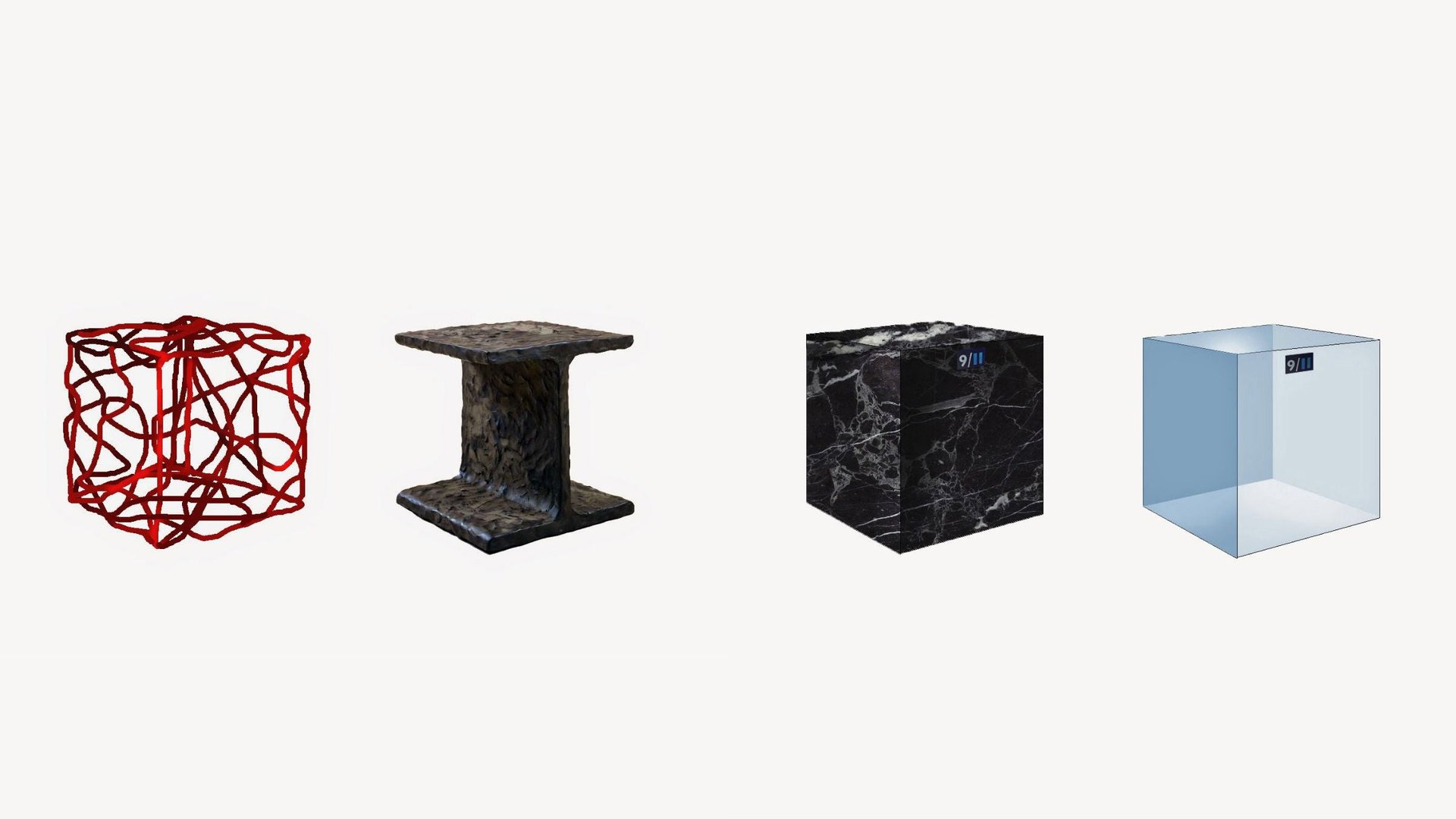Some 9/11 souvenirs that would be better than a cheese plate
Last week, the long-awaited 9/11 Memorial & Museum in New York City finally opened to the public, on the site where the Twin Towers had stood. But it was the museum’s gift shop that provoked the stronger reaction. For many, its selection of September 11-themed souvenirs—”memorial pool” iPhone cases, “survivor tree” earrings, plush toys, and a cheese plate shaped like a map of the US, with the three sites of the plane crashes marked on it—seemed to make light of the events they intended to memorialize. In Maclean’s, Anne Kingston called it ”catharsis consumerism.”


Last week, the long-awaited 9/11 Memorial & Museum in New York City finally opened to the public, on the site where the Twin Towers had stood. But it was the museum’s gift shop that provoked the stronger reaction. For many, its selection of September 11-themed souvenirs—”memorial pool” iPhone cases, “survivor tree” earrings, plush toys, and a cheese plate shaped like a map of the US, with the three sites of the plane crashes marked on it—seemed to make light of the events they intended to memorialize. In Maclean’s, Anne Kingston called it ”catharsis consumerism.”
The foundation that runs the museum argues that tchotchkes are necessary to keep its doors open. The memorial complex cost $700 million to build and needs $60 million a year to operate. Since the site doesn’t receive federal funding, that money comes from “private fundraising, gracious donations and revenue from ticketing and carefully selected keepsake items for retail,” the nonprofit’s spokesman told the Washington Post.
We’ve been making trinkets out of horror for many hundreds of years, from relics of Christian martyrs’ shrines to Gettysburg walking sticks. Even Holocaust museums have gift shops. September 11 is no different. It inspired makeshift memorials across the world, from playgrounds to websites. But is it possible to create a 9/11 souvenir that can be sold at Ground Zero but doesn’t feel exploitative?
Constantin Boym thinks so. The Moscow-born, New York–based designer has spent a good part of his career memorializing terrible events. In 1998, he and his wife, Laurene Leon Boym, began producing a collection of souvenirs called Buildings of Disaster, which are miniature models of sites of trauma: the Unabomber’s cabin, the Watergate hotel, the Chernobyl nuclear reactor, the Los Angeles freeway where O.J. Simpson was pursued by police. As keepsakes of tragedy, they’re meant to preserve memory—and also, clearly, to provoke. Soon after September 11, replicas of the damaged World Trade Center (whose north tower Boym watched fall) and the Pentagon were added to the series.
Yesterday, Boym offered a proposal for souvenirs that the 9/11 Museum could sell with a straight face. “The truth is that a gift shop, just like cafeterias and restrooms, is an expected component of any museum, including the ones devoted to tragic and sensitive historical events,” he wrote. “The real question to ask is what kind of merchandise is acceptable, and what is not acceptable, in these very special circumstances.”
Boym argues against souvenirs that are functional—such as the cheese plate, for instance, or a shower curtain—because “combining the ‘sacred memory’ with a trivial use renders the object distasteful.” Similarly, anything that evokes play should be avoided. He warns against jewelry and accessories because such things “tend to belittle the memory of the event they are attempting to commemorate. Once again, the context is wrong: the memory cannot be worn in the earlobe, affixed to a lapel, or get tied around one’s neck.”
Instead, he writes, “9/11 memorial merchandise should be devoid of all unrelated functionalism. The souvenir will be interpreted as an abstract object, a psychological ‘container,’ where the users could put their own personal memories and emotions. Imagine a series of cubes, like miniature memorials, crafted out of marble, bent steel wire, glass.” (His renderings of what those would look like appear at the top of this post.)
As Bloomberg Businesweek pointed out, “Memorials carry keepsakes because people buy them, whether they’re tasteful or not.” Boym isn’t sure his conceptual cubes could find a wide audience. “Would people buy those metaphysical objects?” he wonders. But given the level of outrage over what the 9/11 Museum is selling now, it has little to lose by trying something else.